As the founder of a travel agency built on connection and transformation, I’ve always believed every journey begins with intention—a framework for what’s to come. After selling my belongings to move abroad in 2021 and embracing the digital nomad life, I discovered that while solo travel was deeply fulfilling, what I truly craved was community. I wanted to share the sense of freedom, discovery, and personal growth I’d found abroad with others who were also seeking more meaningful experiences.
That vision led to the creation of my group travel company, which curates immersive, small-group trips for women and creative professionals looking to reconnect—with themselves, with others, and with the world. Each itinerary blends culture, wellness, and adventure, designed to spark transformation through shared moments and authentic local connections. What started as a passion for storytelling through travel has evolved into a platform that empowers travelers to see the world—and themselves—in a new light.
The power of travel to turn strangers into community
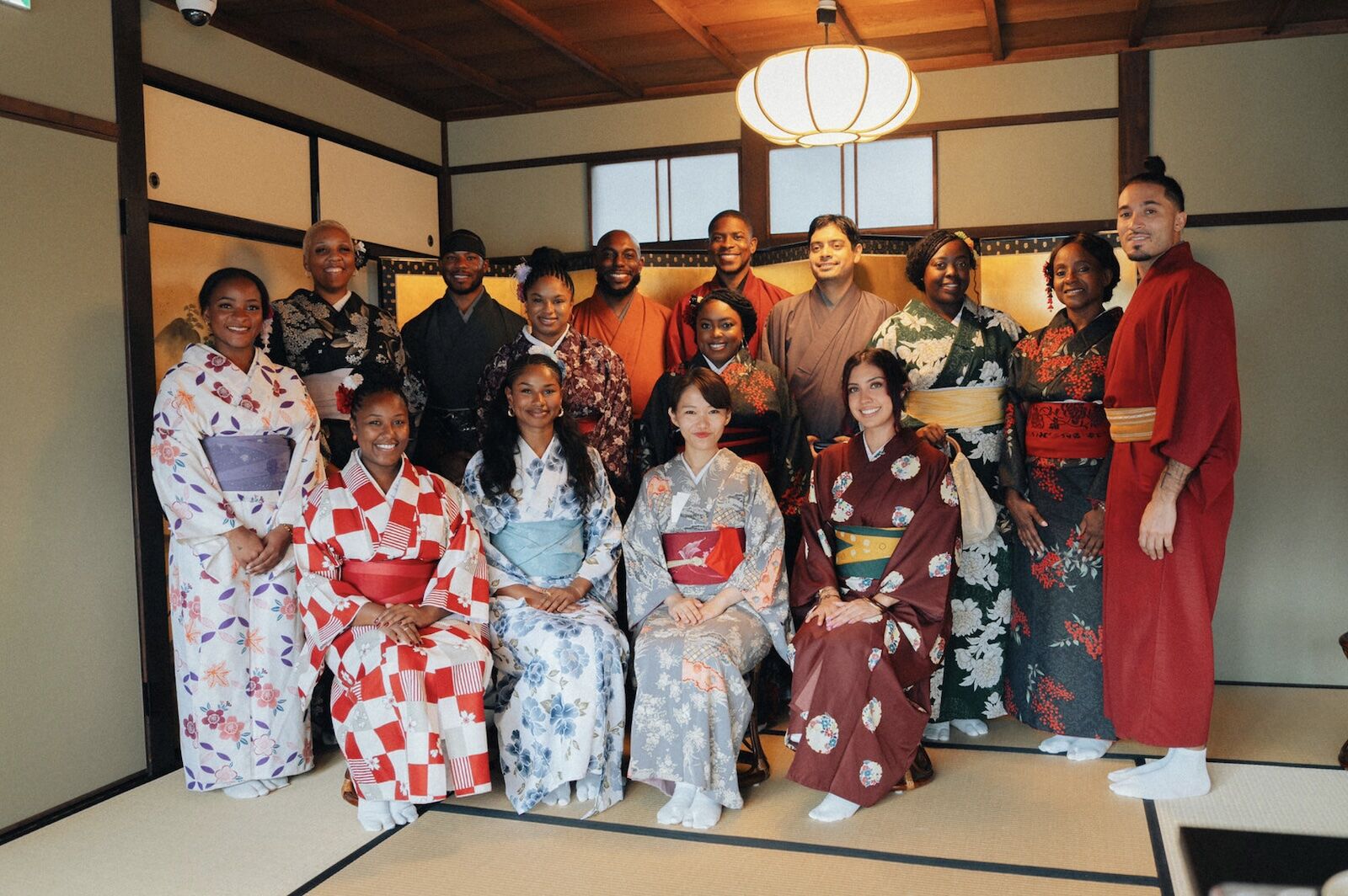
Photo courtesy Dominique Jackson
What unfolds on the ground always exceeds anything I could have imagined. In this case, that included a mother and daughter seeing a new country together for the first time and siblings creating shared memories on their first international adventure. There were couples learning to move in sync as they navigated a new country side by side and friends toasting a birthday under Tokyo lights.
Every relationship deepened a little more with each train ride, shared meal, and moment of awe. My favorite part of leading these journeys is creating the space for travel to work its quiet magic—to remind us that we’re all students of the world.
Over seven days, we followed Japan’s iconic Golden Route—from Osaka to Kyoto to Tokyo—under the theme “All Things New.” We looked back in time as we wandered Kyoto’s ancient streets, then leapt into the future amid Tokyo’s dazzling skyline. This trip taught me more than any guidebook ever could. I learned that I can not only lead but also collaborate—with local tour partners like JFE Luxe, small businesses, and creative partners who brought our itinerary to life.
Of course, what travelers see is just the surface. Behind every seamless moment and stunning experience lies months of planning, coordination, and a little bit of luck. When sourcing boutique hotels that balance comfort with authenticity to curating experiences that immerse travelers in Japan’s rhythm, each detail matters. I wanted every stop to carry intention, every meal to tell a story, and every activity to reflect our theme of renewal.
The result? A week of unforgettable moments and unexpected lessons—each one rooted in Japan’s beauty, grace, and tradition. Here’s how i designed the trip and how it moved us, including what we did to where we stayed
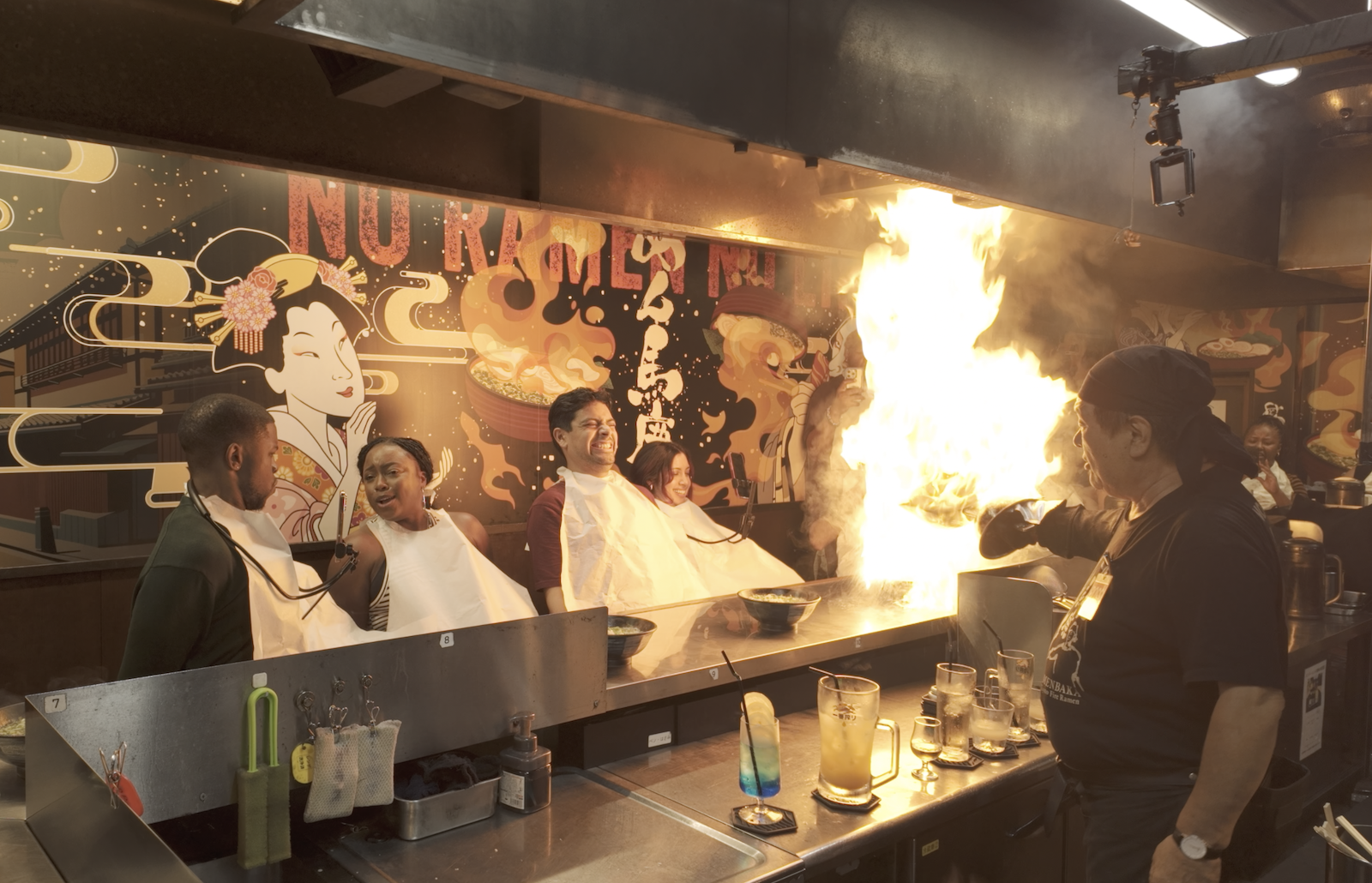
Photo courtesy Dominique Jackson
Experiencing the urban pulse and castle grounds of Osaka
We began in Osaka, diving into the electric hum of Dōtonbori—where neon signs reflected in canal waters, street vendors called out their specialties, and laughter rippled across the crowd. Then, in contrast to the chaos of Dōtonbori, we found calm at Osaka Castle—its moat and stone walls whispering stories from centuries past.
We checked into The W. Osaka, a hotel that impressed immediately with its bold, contemporary design. The lobby set the tone for the stay: sleek lines, striking colors, and playful artwork created an atmosphere that felt both vibrant and luxurious.
The rooms at The W. were a dream. They combined comfort and modern style, with plush bedding, deep-soaking tubs, and floor-to-ceiling windows offering stunning views of the city. Every detail—from ambient lighting to thoughtful room amenities—felt curated for a traveler who values both design and function. After a long day exploring Osaka, returning to a space like this felt like a true retreat.
Beyond the rooms, the hotel’s rooftop pool gave me a chance to unwind while taking in the cityscape, and the spa and fitness facilities offered perfect escapes to recharge. What truly stood out, though, was the staff. From check-in to check-out, every interaction felt personal, attentive, and authentic—reminding me that hospitality is an art form in Japan.
Location was another highlight. The W. sits in the heart of Osaka, making it easy to explore both iconic landmarks and hidden gems. I wandered through local streets, tasted street food specialties like takoyaki and okonomiyaki, and discovered charming shops—all just a short ride or walk from the hotel. The combination of vibrant city life and a luxurious sanctuary made my Osaka stay unforgettable.
As the founder, while my group strolled, I was already ticking backstage tasks: confirming tomorrow’s rail passes, double-checking dinner logistics, reviewing local guide arrival times. These early hours set the tone, and by the time we boarded the train toward Kyoto, bonds were already forming. In Osaka, our travelers ventured out for their first night—exploring the city’s vibrant club scene, wandering through the mesmerizing streets of Dotonbori, and discovering hidden ramen shops for a late-night bite. The next morning over breakfast, one traveler shared that he already felt a sense of community forming, as strangers began to feel like friends and new memories took shape in real time.
Ceremony, fire, and hands-on craft in Kyoto
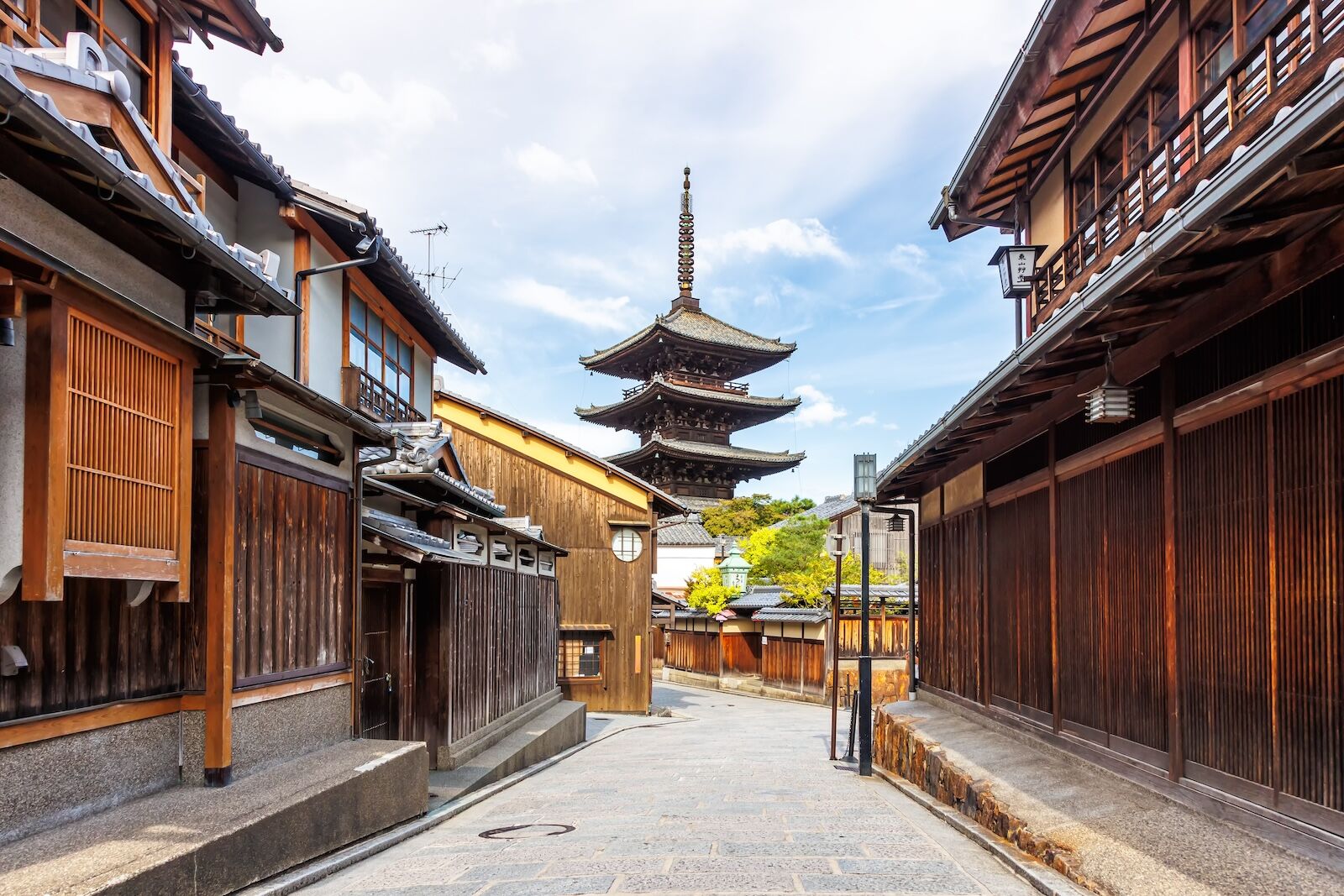
Photo: Markus Mainka /Shutterstock
As our train pulled into Kyoto, the city seemed to exhale along with us. We entered a slower, more introspective rhythm. At Maikoya, we donned kimonos and stepped into a quiet townhouse teahouse with garden views—a tangible cultural property registered with the city. The private tea ceremony and kimono experience unfolded in stages: slipping into the kimono, feeling the fabric fold, pausing to breathe before the ritual of the green matcha, and learning from the host about technique and etiquette. Sweets arrived in tandem with our tea, and our hands were guided to whisk the matcha ourselves. As steam rose from the bowl, I watched my travelers fall silent—fully present.
During the traditional tea ceremony, I could feel the group’s energy shift—what started as quiet curiosity quickly turned into genuine engagement. Travelers leaned in, asking our tea master thoughtful questions about the meaning behind each gesture, the symbolism of the utensils, and how they could bring this sense of mindfulness and ritual into their daily lives back home. Watching their excitement and reflection in that moment, I knew the trip had done its work—planting seeds of transformation that would continue long after we left Japan. This experience reminded me why I curate moments like these—not for the photo, but for the pause it brings to our otherwise fast-moving lives.
Later that evening, we stepped into a very different kind of Kyoto scene: the bold spectacle of Fire Ramen. Founded in 1984, Menbaka’s signature dish was born when its founder discovered that pouring hot oil over chopped green onion produced not only aroma but unforgettable flavor. Flames burst upward, heat kissing our faces as laughter filled the narrow shop. The menu and setting felt performance-art, yet the ramen was legitimately good—sonic bursts of flavor, the heat of the oil balanced by a calming broth.
In the heart of Kyoto’s Higashiyama district, the NOHGA Hotel Kiyomizu is a masterclass in modern Japanese design. Every detail — from the locally crafted furniture to the art installations inspired by Kyoto’s creative community — tells a story of craftsmanship and care. The atmosphere feels at once serene and invigorating, echoing the quiet elegance that defines Kyoto itself. It was the perfect stay for a trip like this.
One of the hotel’s most remarkable spaces sits tucked away on the lower level: a Meditation Room designed to help guests restore balance after days of temple hopping and sightseeing. It’s a sanctuary of stillness, softly lit and minimalist, offering guided moments of reflection inspired by the banks of the Kamo River. For travelers who crave a deeper sense of connection, this is where Kyoto truly seeps into your spirit.
Dining with intention in Kyoto

Photo: Michael Derrer Fuchs /Shutterstock
Food is a huge factor in how I evaluate any stay, and at NOHGA Kiyomizu, culinary storytelling takes center stage. The hotel’s restaurant leans into Kyoto’s seasonal palette, highlighting ingredients sourced from nearby farms and artisans.The rooftop bar serves craft cocktails alongside skyline views that stretch across the city’s skyline.
It’s easy to imagine an evening here with your group — toasting under Kyoto’s pastel dusk as the city hums below. Whether for a welcome dinner or a quiet nightcap, the space encourages both conversation and contemplation.
Midway through our Kyoto stay, we rolled up our sleeves for a hands-on cooking class—making onigiri, dashimaki, and yakitori under the guidance of a master instructor. Knives chopped, the scent of dashi roll, and soon we were gathered at the communal table to feast on our creations. Strangers became co-chefs, laughter bubbled over mistakes (mine included), and everyone walked away with not just an appetite, but a story and a recipe to share.
Kyoto bid us farewell as it had greeted us – with quiet reverence, the kind that makes you instinctively lower your voice on its narrow, lantern-lit streets. Here, time stretches, urging you to slow down, to notice. We all wished we had more of it.
Seeing the future in motion in Tokyo
Tokyo greeted me with elegance at The Ritz-Carlton, Tokyo, located in the heart of Tokyo Midtown. The hotel occupies the top nine floors of one of the city’s tallest buildings, offering 360-degree panoramic views that include Tokyo Bay, the Imperial Palace, and, on clear days, Mount Fuji. From the moment I arrived, the atmosphere was a perfect blend of luxury, refinement, and personalized service.
My stay included the newly elevated Ritz-Carlton Club experience, a private retreat where curated culinary journeys, personalized touches, and memorable encounters are standard. From sublime Afternoon Tea to Live Jazz performances on weekends, every moment in the Club Lounge felt indulgent yet intimate. The panoramic views from the lounge provided a serene backdrop, whether sipping wine, enjoying hors d’oeuvres, or diving into the hotel’s thoughtfully curated library.
Dining at The Ritz-Carlton was a highlight of my Tokyo experience. I had the pleasure of enjoying dinner at Hinokizaka, sampling the Kaiseki Iyabi course. This multi-course meal was a masterclass in Japanese cuisine, blending traditional flavors with elegant presentation. Each dish told a story—from the freshness of seasonal ingredients to the artistry of plating, it was an immersive culinary journey.
Beyond Hinokizaka, the hotel offers a range of exceptional dining options. Héritage by Kei Kobayashi presents French haute cuisine with Japanese sensibilities, while Towers elevates bistronomy with sophisticated, ingredient-driven menus. For casual elegance, the Lobby Lounge and The Bar provide perfect spaces to unwind, enjoy handcrafted cocktails, or experience Afternoon Tea with an unparalleled view of Tokyo.
The guest rooms were equally impressive, blending East-meets-West design elements with luxurious touches. Featherbeds, Frette linens, deep-soaking tubs, and high-tech amenities ensured both comfort and sophistication. Whether waking up to a mimosa and breakfast at the live cooking station or enjoying a tranquil evening cocktail overlooking the city, every detail was thoughtfully curated.
Tokyo provided a fitting close to our group trip
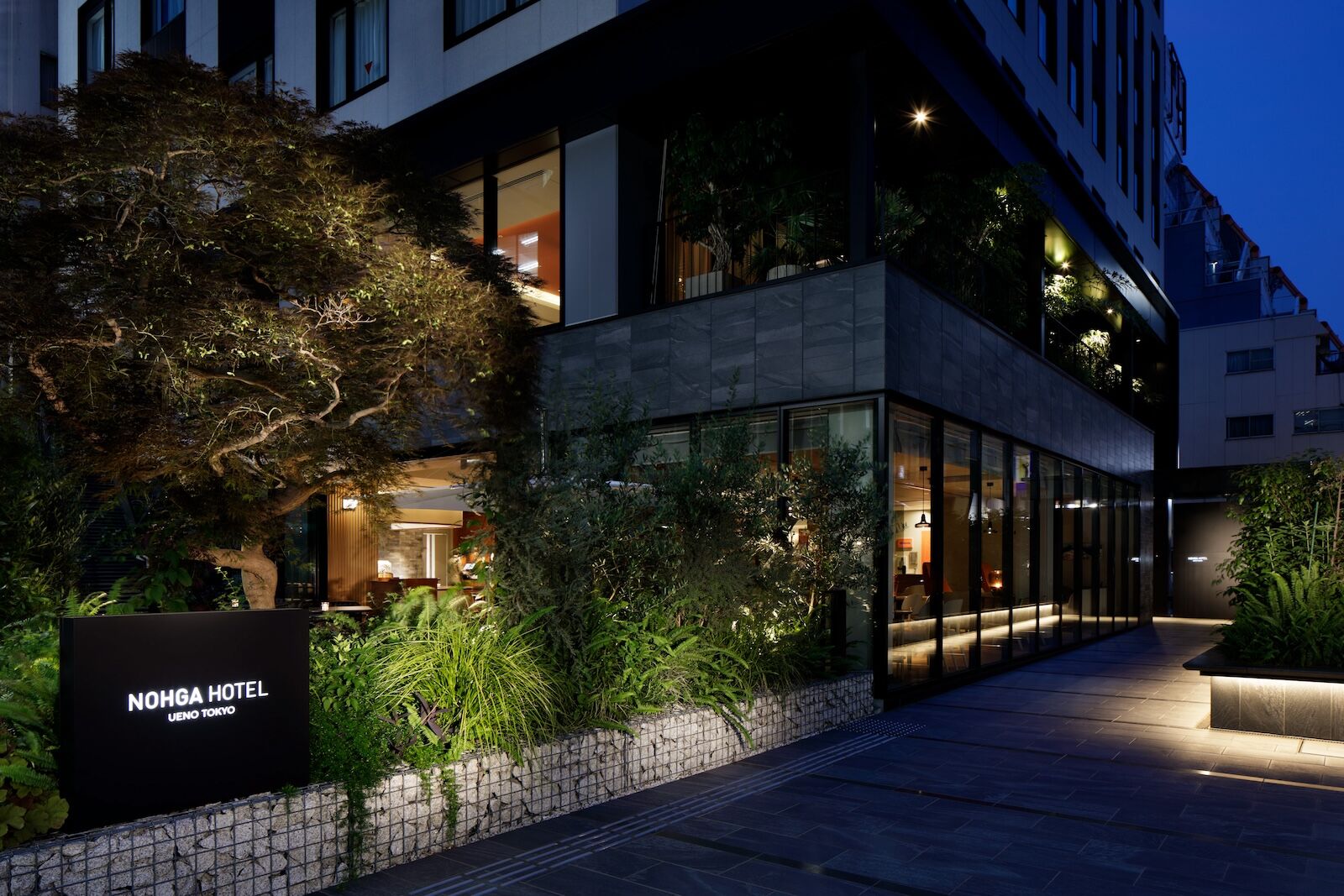
Photo: NOHGA Tokyo
By the time we reached Tokyo, the rhythm of our group had shifted once again. The city felt like stepping into tomorrow—a place where tradition and technology pulse side by side. Between group dinners in Shibuya and quiet morning strolls through Meiji Shrine,I could see how far we’d all come. Each traveler carried something intangible—confidence, curiosity, connection—mirroring the city’s own balance of tradition and innovation.
The group that once relied on our local guide for every translation and train route was now navigating Japan with ease. They’d grown less timid, more open—ordering dishes they couldn’t pronounce, striking up conversations with locals, and venturing out on their own to explore hidden corners of the city. I watched as laughter replaced hesitation, and independence replaced uncertainty. In those moments, I realized the trip had not only deepened their relationship with Japan—but also with themselves.
While I stayed at the Ritz-Carlton, the group checked into NOHGA Hotel Ueno Tokyo—an equally intentional but stylistically different experience. If Kyoto’s NOHGA embodies stillness, NOHGA Hotel Ueno Tokyo captures the rhythm of the capital — dynamic, design-forward, and grounded in local culture. Steps away from JR Ueno Station, it’s ideally placed for exploring Tokyo’s museums, gardens, and hidden eateries. Yet inside, the atmosphere is surprisingly calm: warm wood textures, soft lighting, and an easy flow that makes even short stays restorative.
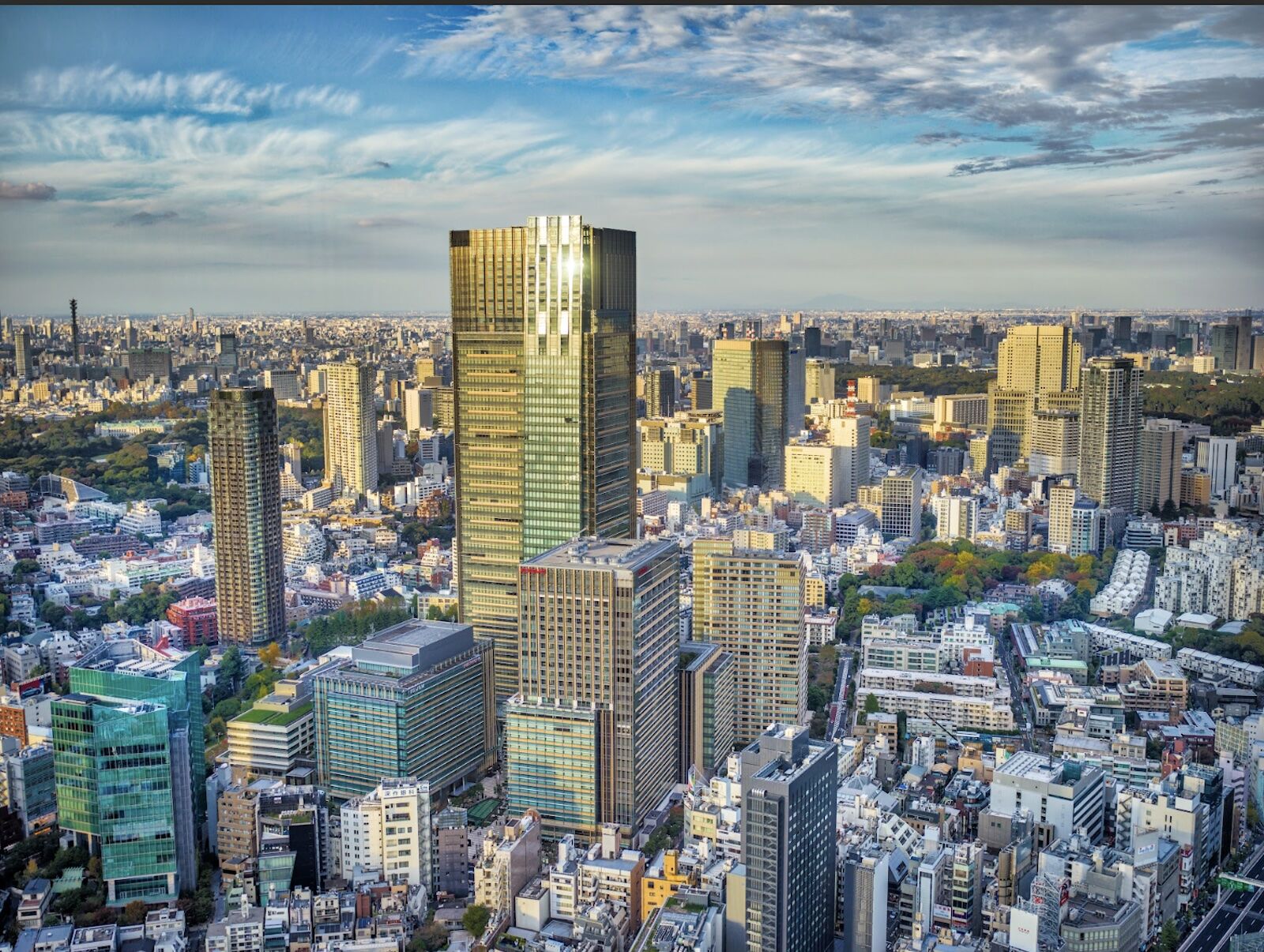
Photo: Ritz Carlton Tokyo
Ueno as a neighborhood has its own creative pulse — home to artisans, antique markets, and the lively Ameyoko shopping street. NOHGA takes those cues and translates them into its aesthetic. It feels boutique yet approachable, elegant but not intimidating. For travelers who want to feel Tokyo’s authenticity without being swallowed by its pace, this is the sweet spot.
Both NOHGA properties share a design philosophy rooted in intentional living. You notice it in the textures — the linen robes, the handcrafted ceramics, the subtle scent of hinoki wood. Every element feels considered, yet nothing feels forced. The brand’s commitment to local collaboration is what sets it apart. From the artwork on the walls to the ingredients on your plate, NOHGA’s partnerships with regional makers create a genuine sense of place. It’s hospitality that honors community as much as comfort.
Our finale dinner took place at The National Art Center, Tokyo—a reflective capstone that felt more ceremony than meal. This penultimate night ended where all good stories do—with reflection. As we wrote letters to our future selves, I realized this journey wasn’t just about Japan—it was about rediscovering the parts of ourselves that travel always brings back to life. ![]()


AloJapan.com